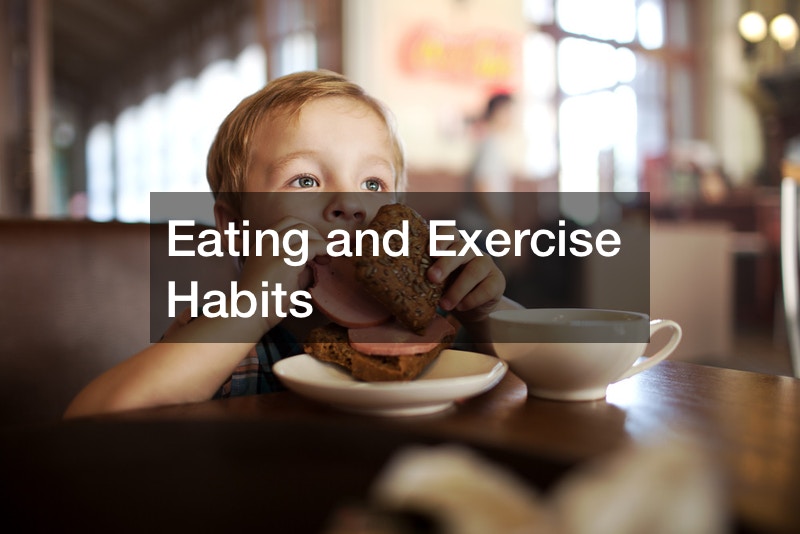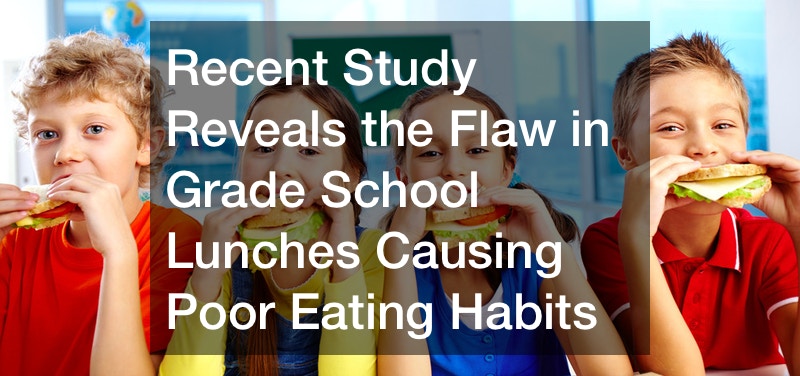Recent Study Reveals the Flaw in Grade School Lunches Causing Poor Eating Habits
Forget decorative menu boards offering “low-fat lunches for kids.” To ensure that lunch benefits more children and to encourage a lifetime of healthy eating habits, serve recess first. Studies at seven Ithaca, New York schools showed that children ate more fruit and vegetables after recess and wasted less food overall than children who ate lunch first.
Getting exercise before lunch left kids hungrier, making them more willing to eat everything offered instead of dumping food to get outside faster. How much does high school lunch cost if it goes straight to the garbage can? You can search “how many calories are in school lunch” all day long, even if you correct “much” to “many” to please grammarians. You will still find most of the fruits and vegetables in the trash if your school holds recess after lunch.
Even at home, kids will eat better if you get them outside or schedule some vigorous physical activity before meals. Put dinner in the slow cooker and take a hike or a bike ride. Hold a 10 or 20-minute dance party, jump up and down or do aerobics to songs you and your child enjoy. Your waistline and theirs will thank you.
 One research group, comprised of individuals from Cornell University and Brigham Young University, made an incredible discovery about an important detail that factors into childhood obesity in the U.S. — and it has nothing to do with the actual food that kids are eating.
One research group, comprised of individuals from Cornell University and Brigham Young University, made an incredible discovery about an important detail that factors into childhood obesity in the U.S. — and it has nothing to do with the actual food that kids are eating.
Although the findings will be published in full in the February edition of Preventative Medicine, the research team has already announced its biggest discovery: The order in which most grade schools schedule lunchtime — i.e., lunch followed by recess — is causing unhealthy eating habits.

According to the Washington Post, the research team spent 14 days monitoring the eating and exercise habits of children in seven different elementary schools in Ithaca, NY. Four of the schools served lunch before recess, while three of the schools served lunch after recess.
By measuring the amount of food that was thrown away each day, and focusing specifically on fruits and vegetables, the research team found that young students ate 54% more fruits and vegetables when their lunchtime was scheduled after recess, and there was about 40% less food waste overall, compared to the students who ate lunch first.
Lead researcher David Just explained the situation quite simply: “Recess is often held after lunch so children hurry to ‘finish’ so that they can go play.”
Additionally, as Live Science has noted, physical activity naturally makes kids more hungry — and they’re more likely to eat whatever you put on their trays, even if that food includes a few more fruits and veggies.
“It is our duty as adults, parents, and educators to do everything we can to set our children up for success in life,” said Kris Rogers, owner of St. Louis Spirits Gymnastics Club. “Healthy eating and exercise habits are at the core of this success.”
Although the study was based in a school environment, the researchers have noted that parents can easily incorporate similar schedules into their kids’ daily lives at home. Sitting down and eating healthy food together, for starters, is a way to show by example the importance of a healthy diet. And the more ways that parents are able to participate in healthy habits with their kids, the more likely these kids will retain those habits well into adulthood.










